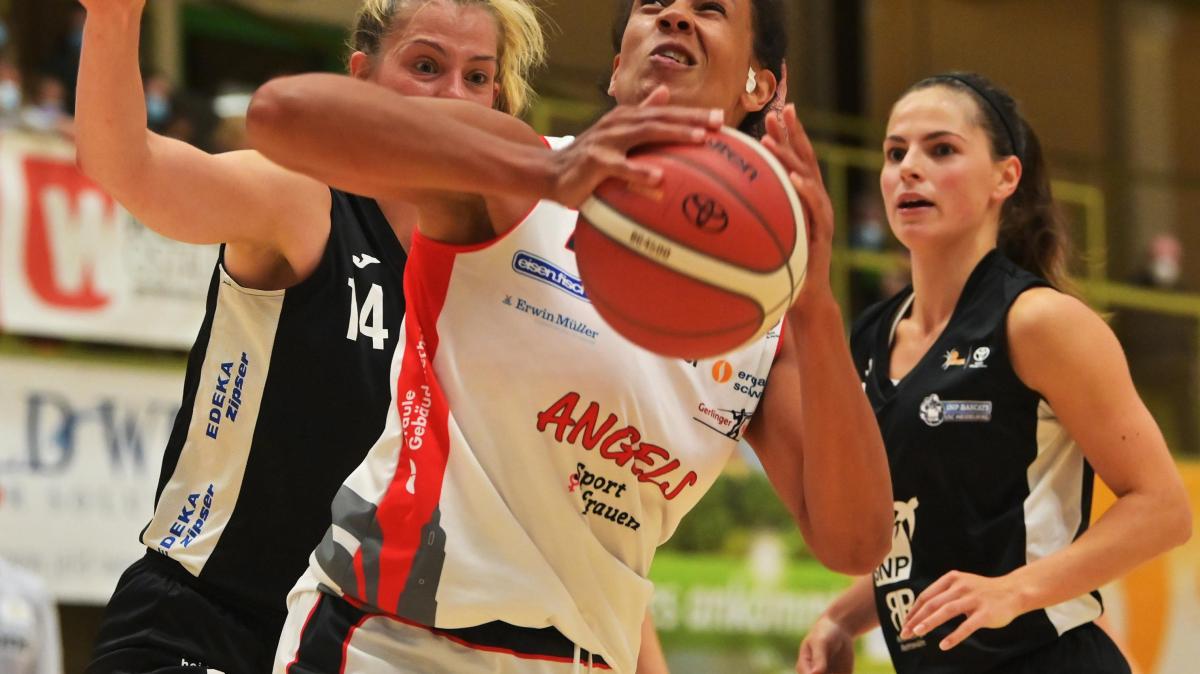The omicron variant is increasingly found in the positive samples at Oslo University Hospital (OUS). At the same time, the laboratory warns that the response time may soon be a bang.
–
Oslo University Hospital received more than 10,000 PCR tests on Friday. Of these, just over 1,100 are probably positive – which corresponds to a new daily record for the laboratory.
All positive samples are again checked for virus variants.
– The share of omikron is 20 percent now, says Lise Lima Andresen.
She is a specialist bioengineer at the “pandemic lab” at Oslo University Hospital
Most of the samples OUS analyzes are from Oslo, but the laboratory receives samples from all over Sørlandet. Tests from Kristiansand, Skien, Larvik, Sandefjord and Tønsberg, among others, end up at OUS. In addition, the laboratory also relieves Ahus with samples from Groruddalen.
– The majority of the omicron cases are from Oslo, but it spreads relatively quickly. We find omikron at all places that submit samples. It evens out quickly and we do not see very big differences anymore, she says.
National Institute of Public Health (NIPH) have previously estimated that the omicron variant could become the dominant variant by the end of January.
This is how the proportion of omikron has developed in the positive samples OUS analyzes:
OUS has a mission to be able to analyze 10,000 samples a day. It includes the positive samples that must be analyzed for virus variants.
– The response time is coming soon. We work as hard as we can, but still fail to keep up to date, says Andresen.
All PCR tests that come into the laboratory must first be analyzed to see if they are positive or negative. Then all positive samples must be analyzed again to see if it is delta or omicron.
– The response time is on average much longer. That is what is demanding now, says Andresen.
– There are many tests now. We are up to 10,000 a day every moment. We do not have more hours a day, says Andresen.
She says that much of the work is done manually.
– Every single cork must be unscrewed and all the brushes must be picked out with tweezers. A test takes about 5 hours to analyze a sample, she says.
In recent days, however, it has taken up to 16 hours to analyze the samples.
She talks about a lot of overtime for the employees and long shifts of 12-15 hours. Nevertheless, several have signed up to work extra to maintain capacity at Christmas.
Evaluates each analysis
– What is very different for us is the high proportion of positive samples. It is now 16–17 per cent, compared with 2–3 per cent before. There is a lot of work with the positive tests, says Lisa Lima Andresen.
She is a specialist bioengineer at the “pandemic lab” at Oslo University Hospital.
All PCR tests that come into the laboratory must first be analyzed to see if they are positive or negative. Then all positive samples must be analyzed again to see if it is delta or omicron.
– There are about 1000 positives a day that we have to take another round on. We have a little more to go on, but not so much, says Andresen.
In the image gallery you can see how the bioengineers see the difference between delta and omicron (the first image is the delta variant, while the second is the omicron variant):


